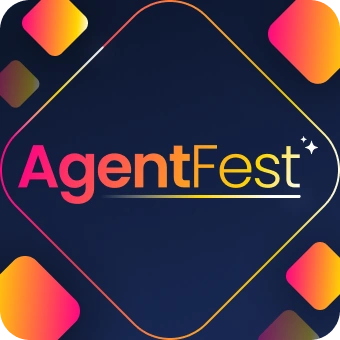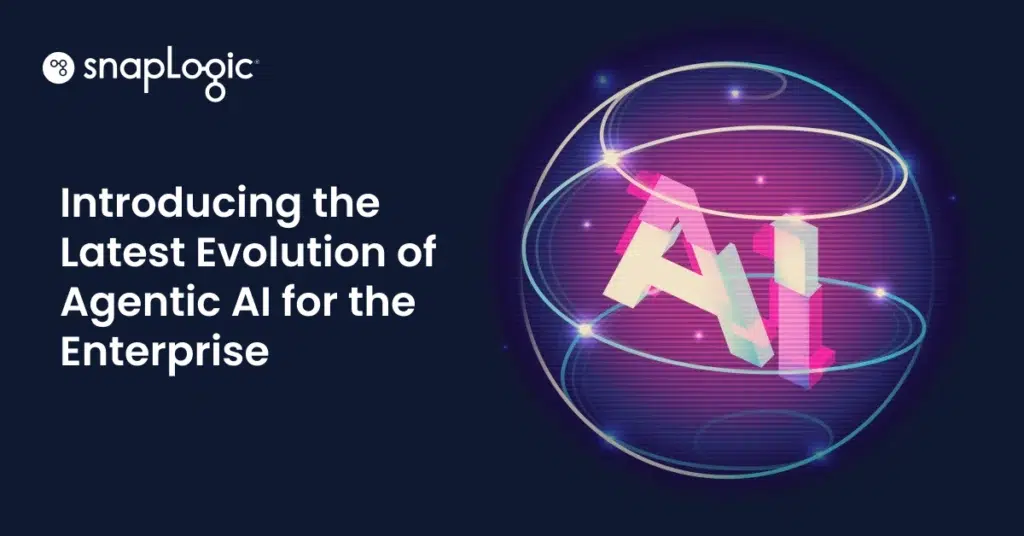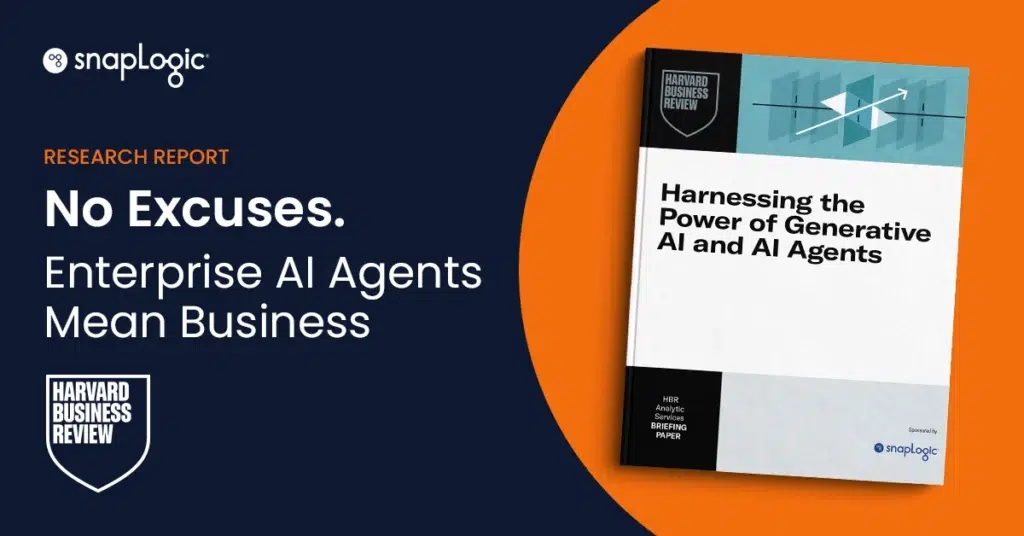What is JSON?
JSON, which is short for JavaScript Object Notation, is a text format that is used for transmitting data. In real time JSON data is compact and relatively simple for humans to read and write.
JSON was initially developed as a subset of JavaScript, however, it is in fact language-independent. JSON also uses many conventions common to the C-family of languages. This means programmers, developers, and other users of JSON learn quickly of its flexibility and ease of use.
JSON is primarily used for exchanging data between servers and browsers or web applications. It is similar to XML in this regard. The difference between their uses can be primarily seen in the use of AJAJ (Asynchronous JavaScript and JSON), as an alternative to AJAX, where JSON is used instead of XML. One of the main reasons for using JSON in this setting is to allow for newer data to be transmitted to a web page without it being refreshed. For example, after you identify your home state while filling out an online form, the next box will then limit choices to cities from that state.
In everyday use, formats such as JSON transmit data from your organization’s server. This is sent to applications used by internal departments, like Accounts or HR. XML, JSON, and other formats deliver information which is read by individual machines. This is then converted to usable information for employees.
JSON is built upon two universal data structures. One is a collection of name/value pairs, which is known as an object in JSON. The other is an ordered list of values, which in JSON is known as an array.
JSON is often considered to be a strict subset of JavaScript. However, it can also include invalid JavaScript text strings. This can cause some problems for integration though a restricted version, I-JSON, can overcome most issues.









